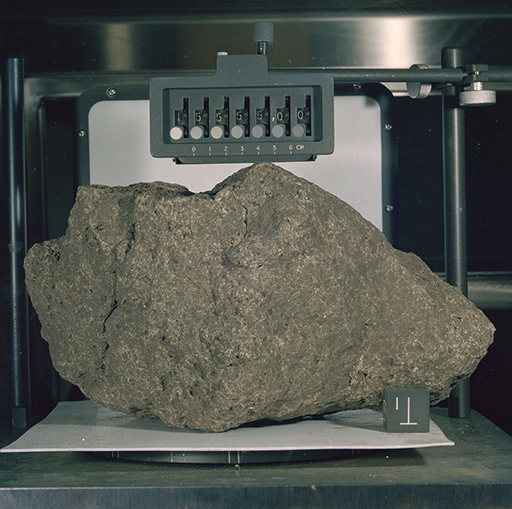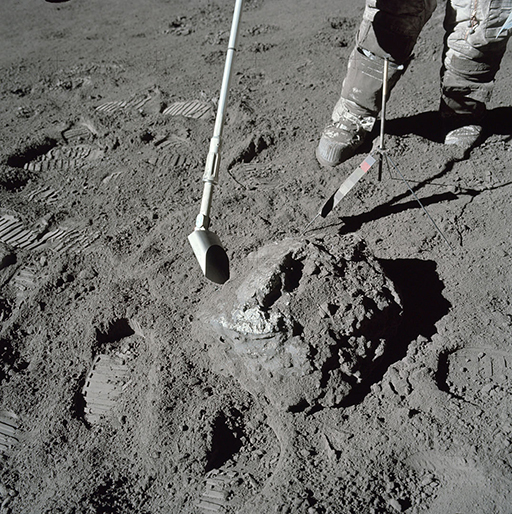3.4 Why bother bringing rocks back to Earth?
The Apollo astronauts collectively spent a total of 12.5 days on the lunar surface, during which time they were able to set up and conduct some quick, basic experiments to explore the lunar environment.
However, to answer some of the bigger questions about the Moon, such as what it is made of, how old it is and how it formed required much more time and access to large specialist laboratory machines that could not be flown to the Moon with the astronauts. Also, while the Apollo crew members had received some geological training before their missions, they were originally test pilots by profession and only one was a fully-trained geologist (Harrison ‘Jack’ Schmitt on Apollo 17). Therefore, if the scientists couldn’t go to the Moon, pieces of the Moon had to be brought to the scientists.
Another important reason for returning samples to Earth was the understanding that techniques for studying rocks are always improving over time and there is no way of knowing what may be possible in the future. So, bringing back samples and storing them for posterity, while waiting for new, better techniques has meant that those six missions that ended over 40 years ago are still yielding cutting-edge scientific data, and are even now transforming ideas about how the Solar System formed.
The returned Moon rocks are not only a wonderful scientific legacy of humankind’s first steps into exploring other worlds; they also form a political and cultural legacy, with ‘goodwill’ samples being sent to many countries around the world and placed on display in national museums for the global public to see. In the UK there are three institutions that house and display Moon rocks (in London, Leicester and Cardiff), where they serve to inspire new generations to explore beyond our home planet.
See also: 2014 Masursky Lecture by Cmdr David Scott [Tip: hold Ctrl and click a link to open it in a new tab. (Hide tip)] . If you can spare 40 minutes, this excellent and entertaining lecture by David Scott of Apollo 15, given in Houston in March 2014, is well worth it.


